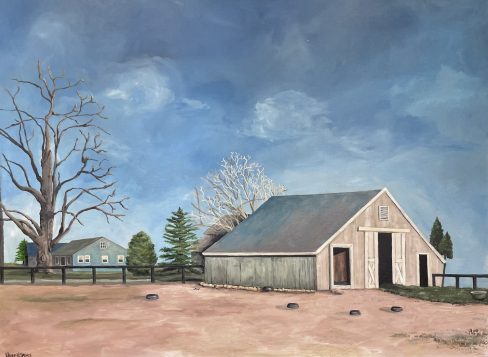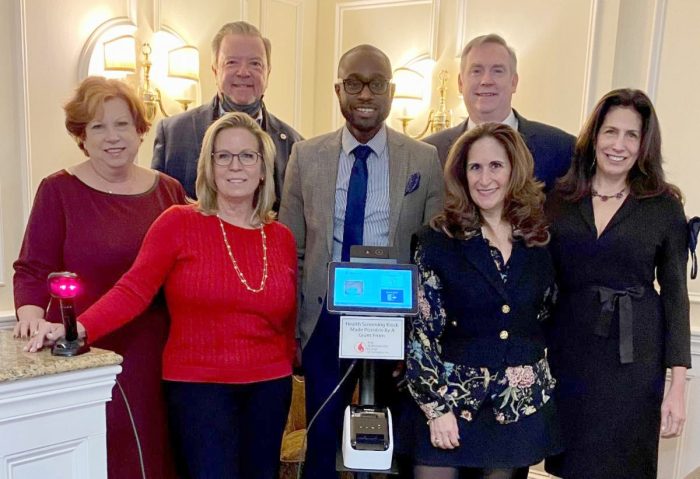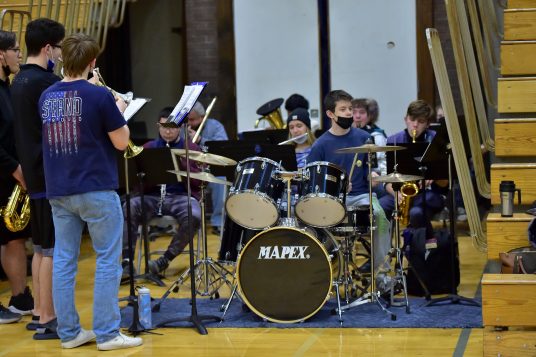The Art League of Long Island’s 15th annual “Go APE” Advanced Placement Student Exhibition features 2-D and 3-D works by 135 AP and IB Art Students from 42 Long Island High Schools. High School art teachers selected artworks from among their talented students for exhibition in the spacious Jeanie Tengelsen Gallery. The exhibit is on view in the Art League of Long Island’s Jeanie Tengelsen Gallery January 29 through February 12.
Exhibition Juror Margaret Minardi has selected Awards of Excellence and Honorable Mentions. The following 16 students have been singled out for special recognition:
Awards of Excellence: Zavier Foster, “Outside the Box”, posca marker, Baldwin High School; Natalie Hayes, “Swamped”, painting, East Rockaway High School; Sofia Innamorato, “Untitled”, ceramics on wood base, Syosset High School; Gagandeep Kaur, “Stop & Shop” acrylic paint and graphite on gesso paper, Floral Park Memorial High School; Isabel Mongiello, “Portrait Study”, painting, Syosset High School; Jean Park, “Untitled”, mixed media, Sewanhaka High School; Tierra Thomas, “Untitled”, digital art, Elmont High School; Alisha Zhou, “Growing Mushrooms”, color pencil, Manhasset High School.
Honorable Mentions: Nick Bennett, “Self Portrait”, colored pencil, Northport High School; Hannah Briggs, “Abandoned Spiral”, charcoal, Oyster Bay High School; Shirley Chen, “Self Portrait”, acrylic, New Hyde Park Memorial; Abby Garten, “Untitled”, photography, Jericho High School; Polina Kalmatckaia, “Nebesa”, digital illustration, Commack High School; Katie McMahon,“Silver Spoons”, painting, East Rockaway High School; Khadija Abdul Musawwir, “Blue Flannel”, acrylic painting, Westbury High School; Sarah Sorbi, “Superflat Love”, digital painting, Half Hollow Hills HS West.
About the Juror: Margaret Minardi taught Studio Art, Drawing and Painting and Advanced Placement Art from 1988-2017 in the Northport School District. She has shown in over 60 exhibitions that include solo, group, local, national and international venues. Her work continues to win top awards, including Best in Show in many of them. She currently teaches Teen Portfolio classes at the Art League of Long Island.
Established in 1955, the Art League of Long Island is not-for-profit visual arts center whose mission is to provide a forum and showcase for artists of all ages and ability levels, whether through art education in the studios or promoting their work through exhibitions and art fairs. The Art League is located at 107 East Deer Park Road, in Dix Hills. Gallery hours: Tuesdays & Thursdays 10am-8pm, Fridays & Saturdays 10am-3pm. For more information visit www.artleagueli.org





















































